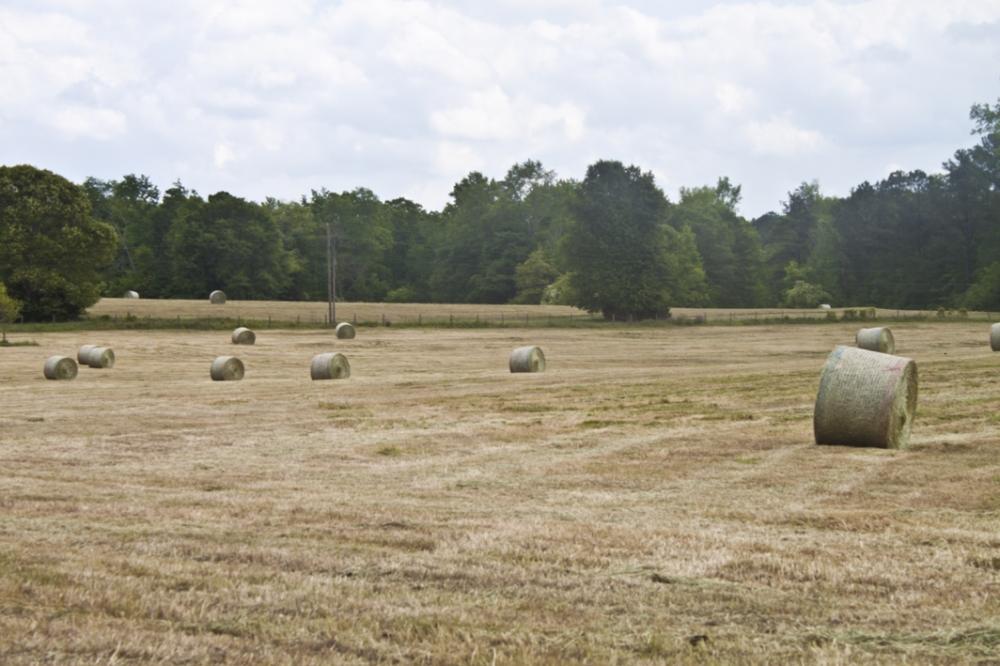
Section Branding
Header Content
Hay Farmers Can't Wait For Rain Forever
Primary Content

Some Georgia farmers are playing a game of chicken with the calendar as they wait for rain. Forage crops like hay should have been planted by mid-November, but UGA extension professor Dennis Hancock says much of the seed is still in the bag.
The accumulation of drought stress in recent years has made the ground too dry for planting, and this winter is looking like the worst in decades, he said.
"Our cool season crops have just not even had a chance to germinate and come up in many cases. Right now about 53 percent of our pastures are rated as ‘poor’ or ‘very poor.’ It’s a very, very tough situation," Hancock said.
If farmers don’t plant by New Year’s Day, the best they can hope for is a 50 percent yield, Hancock said.
Unlike Georgia’s row crops – such as corn and cotton – forage fields are almost never irrigated. Hancock says he’s getting calls from farmers who don’t know what to do.
"You know, do you put the seed into the ground knowing there’s not enough moisture there for it to germinate? And at this point we basically are so late into the season that we probably are better off going ahead to plant and hoping on a rain at some point," Hancock said.
Forage crops are used to feed livestock, mostly cattle for beef and dairy products. Forage and the animals that eat it add up to the second or third biggest sub-sector of Georgia agriculture, Hancock said.
Georgia hay production is already about 20 percent below normal, mirroring a national trend. Hancock expects that will result in a matching increase in beef and dairy prices over the next six to eight months.
Tags: agriculture, drought, livestock, Adam Ragusea, forage, hay
Bottom Content

